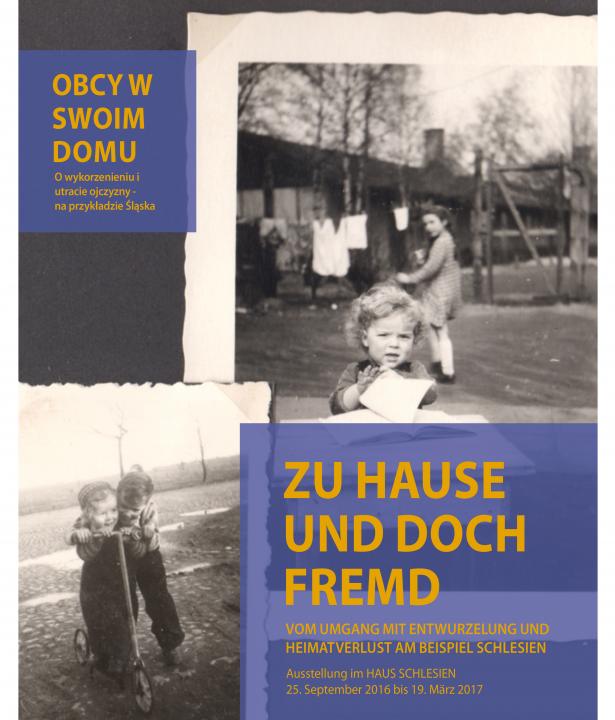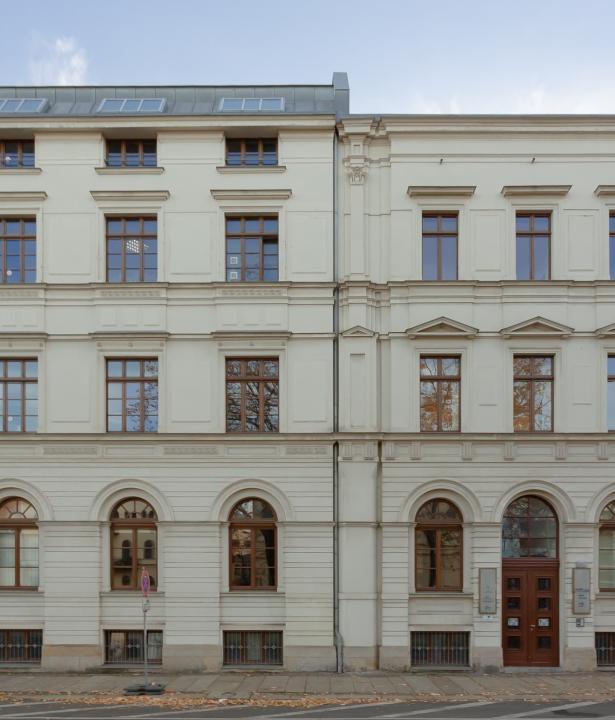Millions of Germans who were forced to leave Silesia between 1945 and 1947 found themselves on a road into the unknown. The Poles who arrived here during this period already had this road behind them, however, their future was still uncertain. This touring exhibition of HAUS SCHLESIEN, which is available for loan, presents the fate of both groups –the Germans who were expelled from Silesia and the Poles who settled there.
Text
At the end of the Second World War, a population shift began in Central and Central Eastern Europe, the likes of which had never been seen before. Poles and Germans in particular were affected. Millions of people fled or were driven from their homes. For them, the end of the war by no means meant the end of suffering, but instead the beginning of an agonizing period that culminated in the irrevocable loss of their homeland. Many Germans and Poles shared the fate of feeling foreign and uprooted. Yet in the collective memory of both nations this common ground was suppressed and concealed for decades. The global political situation as well as the domestic political circumstances always determined how this topic was dealt with in the public sphere and produced very different forms of commemoration and interpretation.
This is the starting point for the exhibition, which was created by HAUS SCHLESIEN in cooperation with the Muzeum Archeologiczno-Historyczne (Museum of Archaeology and History) in Glogow and the Muzeum Powiatowe (District Museum) in Nysa. By presenting the parallel fates of the Silesians who were expelled between 1945 and 1947 and the Poles who settled in Silesia at the same time, their aim is to encourage people to take a closer look at the history of their neighbors, to get to know their point of view and memory and to try to understand it.
This is the starting point for the exhibition, which was created by HAUS SCHLESIEN in cooperation with the Muzeum Archeologiczno-Historyczne (Museum of Archaeology and History) in Glogow and the Muzeum Powiatowe (District Museum) in Nysa. By presenting the parallel fates of the Silesians who were expelled between 1945 and 1947 and the Poles who settled in Silesia at the same time, their aim is to encourage people to take a closer look at the history of their neighbors, to get to know their point of view and memory and to try to understand it.
Externe Links
External Image

External Image

External Image

External Image

External Image








